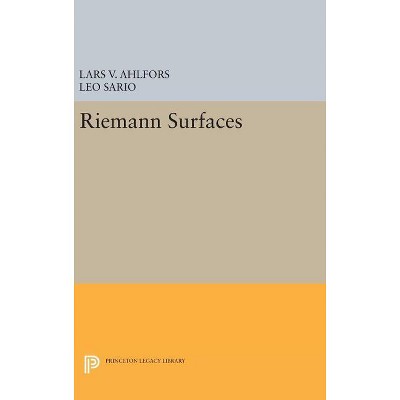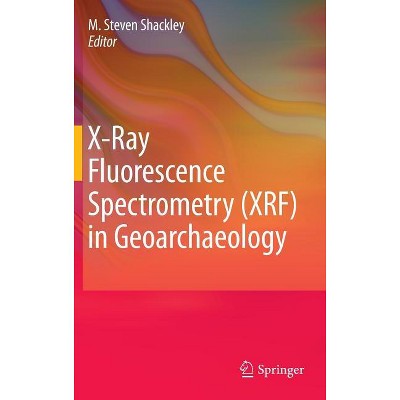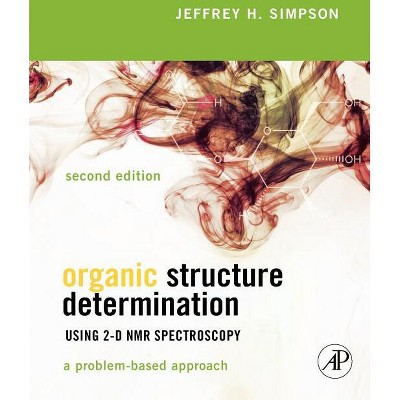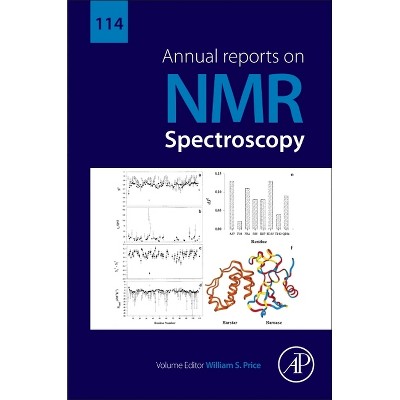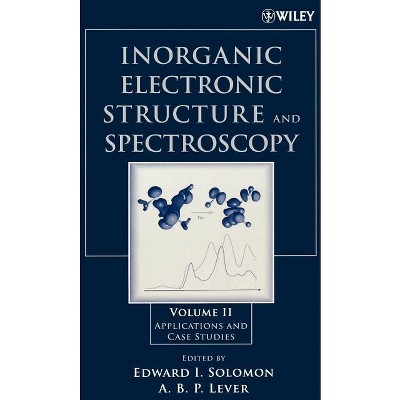Sponsored

Protein Fluorescence - (Topics in Fluorescence Spectroscopy) by Joseph R Lacowicz (Hardcover)
$169.99
In Stock
Eligible for registries and wish lists
Sponsored
About this item
Highlights
- The intrinsic or natural fluorescence of proteins is perhaps the most complex area of biochemical fluorescence.
- About the Author: Dr. J.R. Lakowicz is Professor of Biochemistry at the University of Maryland School of Medicine and Director of the Center for Fluorescence Spectroscopy.
- 310 Pages
- Science, Chemistry
- Series Name: Topics in Fluorescence Spectroscopy
Description
Book Synopsis
The intrinsic or natural fluorescence of proteins is perhaps the most complex area of biochemical fluorescence. Fortunately the fluorescent amino acids, phenylalanine, tyrosine and tryptophan are relatively rare in proteins. Tr- tophan is the dominant intrinsic fluorophore and is present at about one mole % in protein. As a result most proteins contain several tryptophan residues and even more tyrosine residues. The emission of each residue is affected by several excited state processes including spectral relaxation, proton loss for tyrosine, rotational motions and the presence of nearby quenching groups on the protein. Additionally, the tyrosine and tryptophan residues can interact with each other by resonance energy transfer (RET) decreasing the tyrosine emission. In this sense a protein is similar to a three-particle or mul- particle problem in quantum mechanics where the interaction between particles precludes an exact description of the system. In comparison, it has been easier to interpret the fluorescence data from labeled proteins because the fluorophore density and locations could be controlled so the probes did not interact with each other. From the origins of biochemical fluorescence in the 1950s with Prof- sor G. Weber until the mid-1980s, intrinsic protein fluorescence was more qualitative than quantitative. An early report in 1976 by A. Grindvald and I. Z. Steinberg described protein intensity decays to be multi-exponential. Attempts to resolve these decays into the contributions of individual tryp- phan residues were mostly unsuccessful due to the difficulties in resolving closely spaced lifetimes.About the Author
Dr. J.R. Lakowicz is Professor of Biochemistry at the University of Maryland School of Medicine and Director of the Center for Fluorescence Spectroscopy. Dr. Lakowicz has published over 400 scientific articles, has edited numerous books, holds 16 issued patents, and is the sole author of the widely used text, Principles of Fluorescence Spectroscopy, also published by Kluwer Academic/Plenum Publishers, now in its Second Edition.Dimensions (Overall): 9.46 Inches (H) x 6.08 Inches (W) x .86 Inches (D)
Weight: 1.31 Pounds
Suggested Age: 22 Years and Up
Number of Pages: 310
Genre: Science
Sub-Genre: Chemistry
Series Title: Topics in Fluorescence Spectroscopy
Publisher: Springer
Theme: Analytic
Format: Hardcover
Author: Joseph R Lacowicz
Language: English
Street Date: November 30, 2000
TCIN: 1005678687
UPC: 9780306464515
Item Number (DPCI): 247-09-7227
Origin: Made in the USA or Imported
If the item details aren’t accurate or complete, we want to know about it.
Shipping details
Estimated ship dimensions: 0.86 inches length x 6.08 inches width x 9.46 inches height
Estimated ship weight: 1.31 pounds
We regret that this item cannot be shipped to PO Boxes.
This item cannot be shipped to the following locations: American Samoa (see also separate entry under AS), Guam (see also separate entry under GU), Northern Mariana Islands, Puerto Rico (see also separate entry under PR), United States Minor Outlying Islands, Virgin Islands, U.S., APO/FPO
Return details
This item can be returned to any Target store or Target.com.
This item must be returned within 90 days of the date it was purchased in store, shipped, delivered by a Shipt shopper, or made ready for pickup.
See the return policy for complete information.
Frequently bought together

$8.49
MSRP $14.99
Buy 1, get 1 50% off select books
2 out of 5 stars with 1 ratings
Trending Non-Fiction

$15.68
Buy 1, get 1 50% off select books
4.8 out of 5 stars with 204 ratings

Highly rated
$19.31
was $20.98 New lower price
Buy 1, get 1 50% off select books
4 out of 5 stars with 65 ratings

$18.28
was $19.58 New lower price
Buy 1, get 1 50% off select books
4.7 out of 5 stars with 17 ratings

$4.59
MSRP $7.99
Buy 1, get 1 50% off select books
4.8 out of 5 stars with 123 ratings

$6.20
MSRP $10.95
Buy 1, get 1 50% off select books
4.8 out of 5 stars with 33 ratings

$7.09
MSRP $9.99
Buy 1, get 1 50% off select books
4.9 out of 5 stars with 46 ratings
